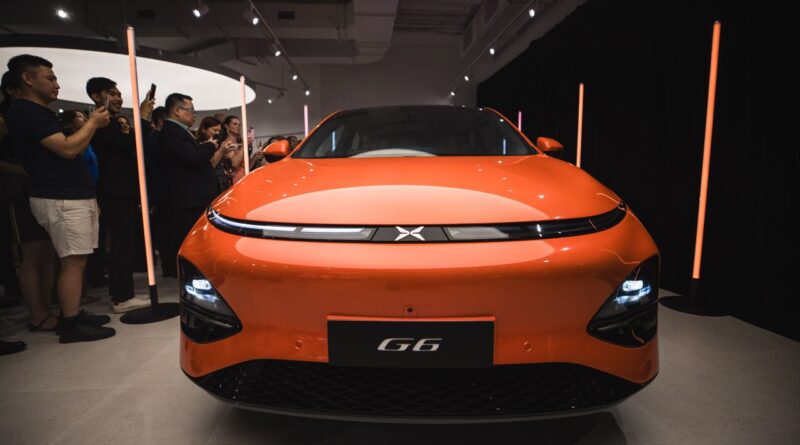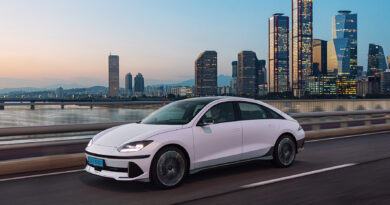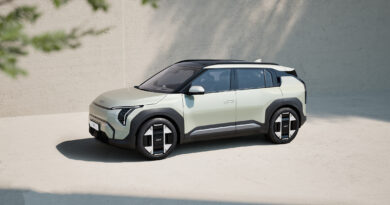John Mahoney’s best electric car of 2024: XPeng G6
Our International correspondent has his say
It’s been a hell of a year for electric cars and it’s the sheer diversity of battery-powered vehicles I’ve driven that will be my biggest takeaway from 2024.
I began the year driving an upgraded Mercedes EQV that is far smoother and refined than any van with windows has any right to be. And the surprises just kept on coming as the months rolled by.
The MG BEE GT was one of those shocks – an electric restomod with a difference as Oxfordshire-based Frontline created its first EV with classic car enthusiasts in mind, hence why it comes with an old-school real manual five-speed transmission, for one of the quirkiest and fun-driving EVs ever made.
READ MORE: China’s XPeng reveals astounding roll-out of “more than a dozen” all-new EVs and PHEVs, but how many are coming to Australia?
READ MORE: Model rush! XPeng confirms G6 AWD Performance, X9 people mover, updated G9 SUV, Mona M03 Tesla Model 3 fighter and P7+ family car in Australia by 2026!
READ MORE:Roll out the network: XPeng confirms its first four Aussie showrooms as G6 mid-sized SUV electric launches. Another 20 outlets promised before the end of 2025
READ MORE: Tesla’s worst nightmare? Meet the new XPeng G6, the more talented – and cheaper – alternative to a Model Y
Next up was the neck-snapping Taycan Turbo GT (0-100km/h 2.2sec) that after some flat-out hot lapping proved the next-generation of performance EVs will deliver more than straight-line speed.
Off track and deep into the bush the Mercedes-Benz G 580e also blew expectations out of the water, the perfect demonstration of how much better electric SUVs can be at mountain climbing. Compared to the combustion-powered 4x4s whatever we did we couldn’t get stuck.
But the car that surprised me the most in 2024 was the Xpeng G6.
Launched in Amsterdam, which is possibly the worst place on the planet to drive any car. Add in the bland dealership, detail-less presentation and lack of experts to actually tell us about the Chinese brand’s first Tesla Model Y rival and the omens weren’t good.
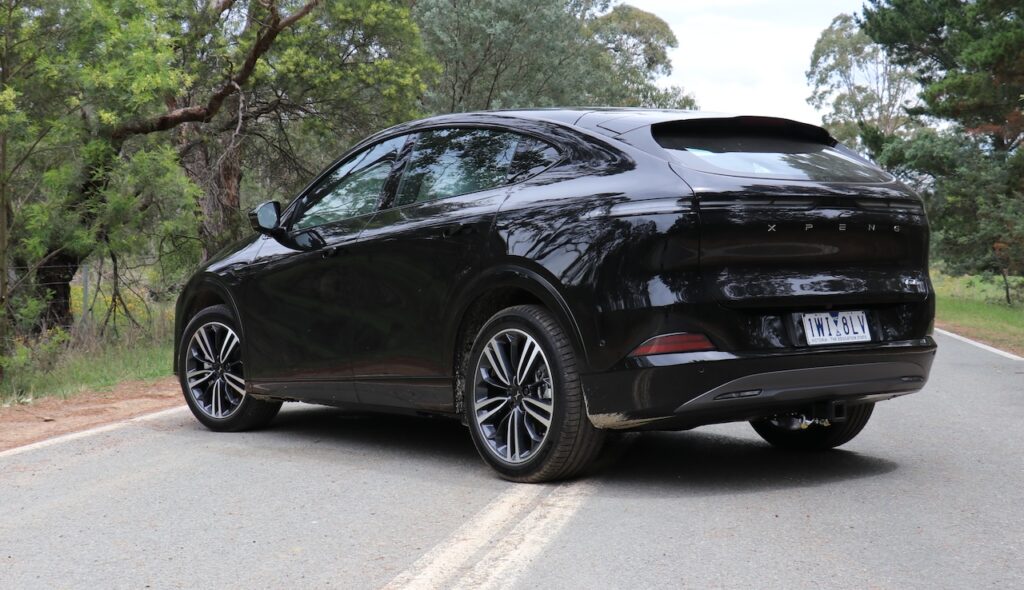
Luckily the quality of its tech shone through regardless.
Here is a car that offers some of the fastest charging in the business – regardless of price – thanks to both its 800-volt electrics and the fact even the base version with the LFP battery can be charged at 215kW, while the Long Range version is capable of being topped up at 280kW – except for some reason the XPeng battery chemistry allows you blow past both peak rates (if you can find a fast enough charger).
That means some owners are finding a 10-80 per top up takes less than 18 minutes.
It’s supposed to be a similar story for range, with early European owners reporting their cars can easily match the claimed WLTP range, boding well for Australians.
Wrapped up in an inoffensive design and a decent enough drive, well-made cabin, high levels of standard kit and all the in-car tech you’ll ever need for a few grand less than a Model Y, the G6 is well-worth considering.
It’s no wonder the mighty Volkswagen Group has already ploughed a cool billion dollars into the small Chinese EV maker, because straight out of the box it has a real contender on its hands and I can’t wait to see what XPeng will do next.
Biggest EV surprise of 2024: I’m beginning to feel sorry for the car-makers
For the first time in my life I’m beginning to feel pangs of sympathy for those who design, develop and build cars.
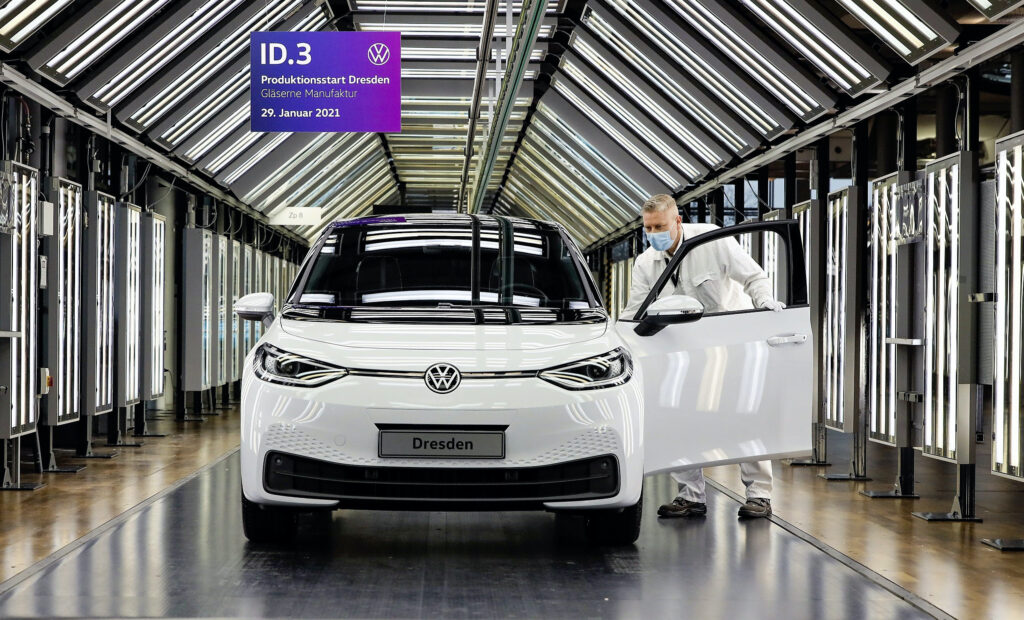
After demanding them to make zero-emission vehicles, countries in the EU are now pulling the rug on all the necessary subsidies needed to tempt people out of their petrol or diesel cars into something cleaner.
Worse still, some countries are now lobbying EU legislators hard to push back the 2035 combustion ban. In the world of business this level of inconsistency is a killer.
Witness the UK where remaining plug-in car grants for purchasing electric cars became obsolete in 2022. Factor in a 2030 combustion ban that was pushed to 2035 and then moved back to 2030 again and the resulting confusion has sent shockwaves through the market.
The result is already cautious private buyers are hesitant to buy an EV. That has triggered oversupply that’s then crashed residual values.
This in turn has seen leases for business buyers rocket, making them uncompetitive beside traditional combustion vehicles. That kills their attractiveness to companies, slowing the rate of EV sales further.
Factor in a continued lack of public and private investment in charging infrastructure and a lack of a cohesive progressive green policymaking both in the UK and the EU and one of the world’s fast-growing EV markets is now a shambles.
The electric car I’m most looking forward to in 2025: Porsche 718 EV
Back in 2009 at the UK launch of the first Tesla Roadster I got my first taste of just how thrilling a roofless EV can be and this year the MG Cyberster tried to reinvent the genre but didn’t quite serve up the level of entertainment the very best roadsters deliver.
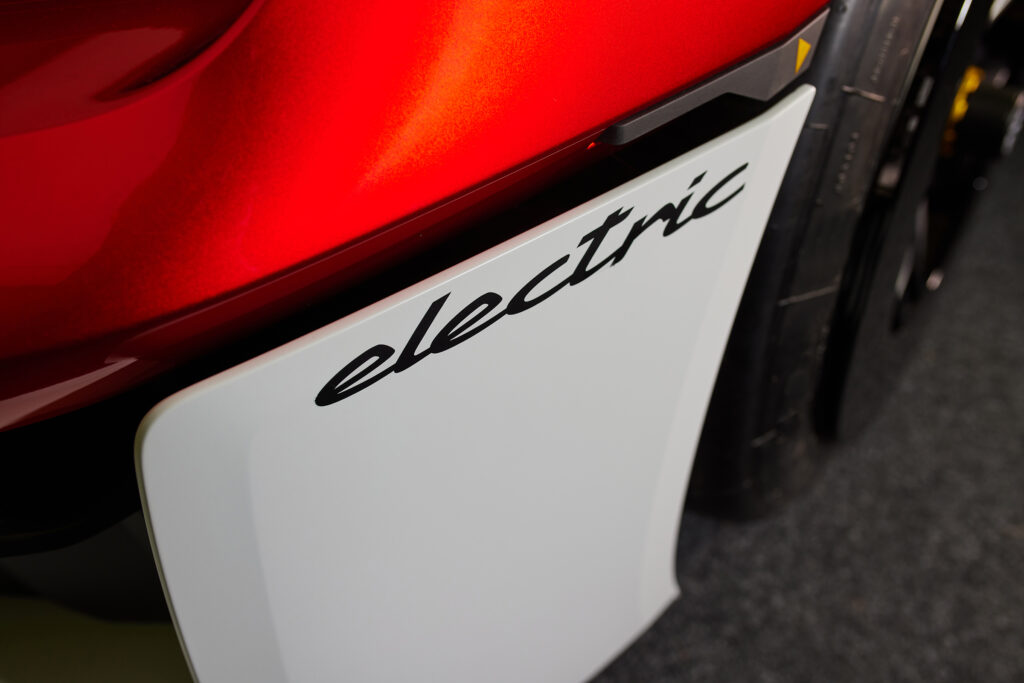
Stacking the batteries behind the driver and passenger to replicate traditional mid-engine sports car like the combustion-powered 718 Boxster and Cayman it replaces, the next Porsche Boxster EV is all-new from the ground-up and not compromised in the way the Cyberster is by its regular EV architecture.
Factor in epic power, some Porsche wizardry when it comes to the chassis and I’m willing to bet the next Boxster and Cayman could instantly be the best-ever driving EV when they arrive next year.

